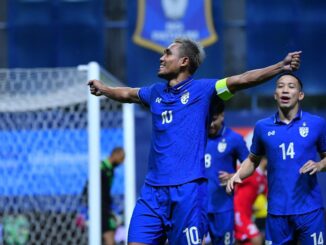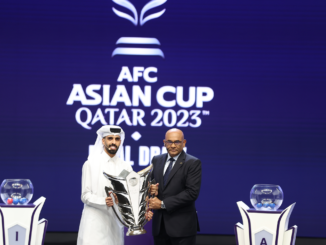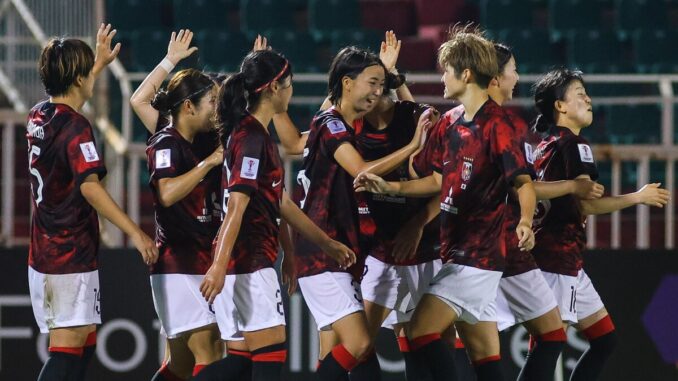
The first step towards greater things is often the most important. Women’s club football in Asia has now completed that step and the positives are plain to see.
The AFC Women’s Champions League is Asia’s long-awaited expansive club competition that aims to one day rival Europe’s illustrious UEFA Women’s Champions League. The inaugural edition of the tournament is now underway with the group-stage rounds concluding this past weekend.
Japanese representatives Urawa Reds Ladies, who comfortably topped Group C ahead of Ho Chi Minh City, Taichung Blue Whale and Odisha FC, returned to their home training ground this week and were all too eager to share their optimism for the competition when addressing several media partners.
The central location of Ho Chi Minh City, Vietnam, played host to the Saitama outfit and their Group C compatriots with players and coaches alike heralding the excursion as a fully worthwhile endeavour on many levels.
“We found the environment pretty comfortable and there was a great vibe amongst the players,” Reds’ boss Naoki Kusunose said.
“For some of the younger players it was a great opportunity to participate in an overseas competition and experience different types of opponents and style of play that we can’t find here in Japan.
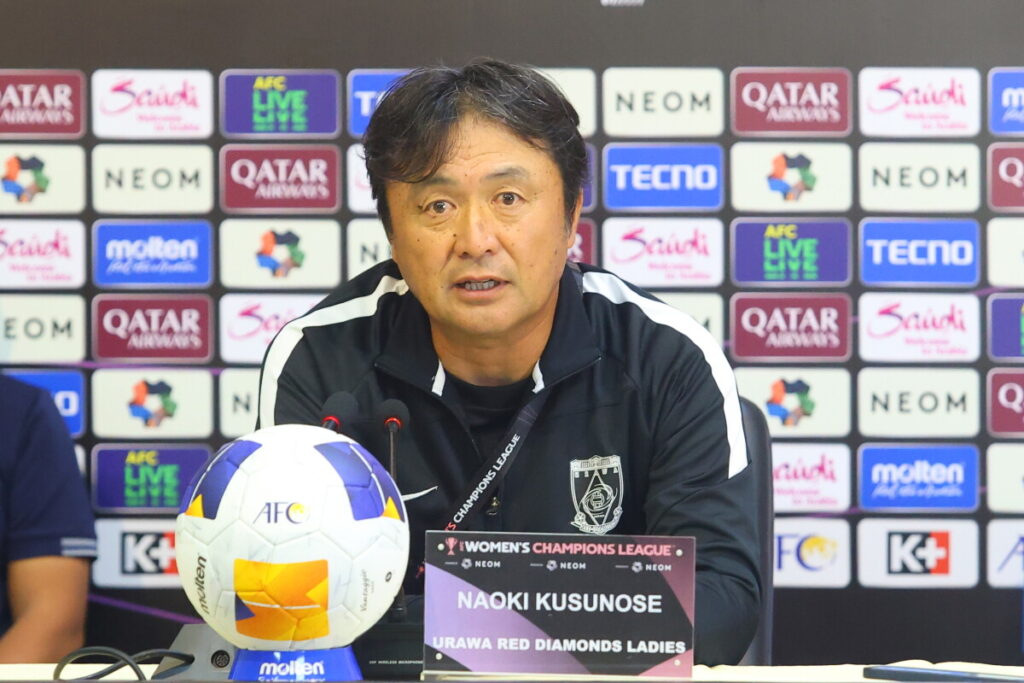
“The week we spent in Vietnam really enhanced our team chemistry as players were able to constantly spend time together. We could also afford to give valuable game time to some of our newer members and see how they are progressing.
“We announced the starting line-ups the evening before so such players would have time to fully prepare for the opportunity.”
The difference in standard between teams at this stage of the tournament is all too apparent, as highlighted by Reds’ 17-0 win over Odisha. Questions will surely be raised over the entertainment value of the competition with some going so far as to scrutinise its very existence. But if an even playing field is the overarching objective, then each step in the process must be taken in stride. Rome wasn’t built in a day.
Kusunose takes a progressive view here and considers just how standards can rise across the board.
“There was an obvious imbalance of ability during the group stages. But I believe up-and-coming teams, like Odisha, will take confidence from this outing and be much better for it,” the Tokyo native asserted.
“Japan is currently ranked seventh in the world but we sometimes climb as high as fifth or sixth. Therefore we can proudly say we rank highest amongst Asian nations and I think that is a good level for these teams to aspire to as they continue to improve.”
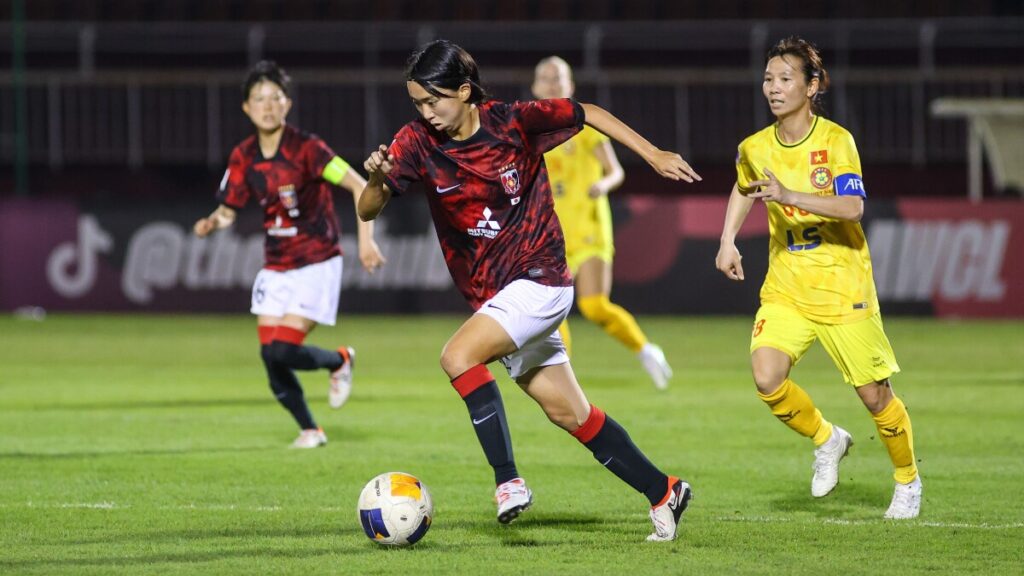
With the group stages wrapped up stiffer opposition awaits in the latter stages of the tournament. Caution appears to be the preferred approach for Kusunose from here on.
“While it is true that our level was fairly higher than our group stage opponents,” he said, “the same cannot be said for the other top-seeded sides in the competition.
“Specifically teams from South Korea and China have some very good players and we simply can’t expect any easy games moving forward. We need to think about how we can improve further and take that next step ourselves.”
The experience was also lauded by the players as being both a step forward for Asia and an exercise that benefits their efforts back home. Veteran midfielder Akari Kurishima fielded several questions from The Asian Game on the side’s experience in Vietnam.
“We enjoyed our time there,” she recalled with a smile.
“The weather was pretty hot but there wasn’t too much stress as we settled into the tournament. I think there were many positives, especially for our younger players who haven’t played many games yet. It was good for them to start official games and wrack up their experience points that they can then use in the league back here in Japan.”
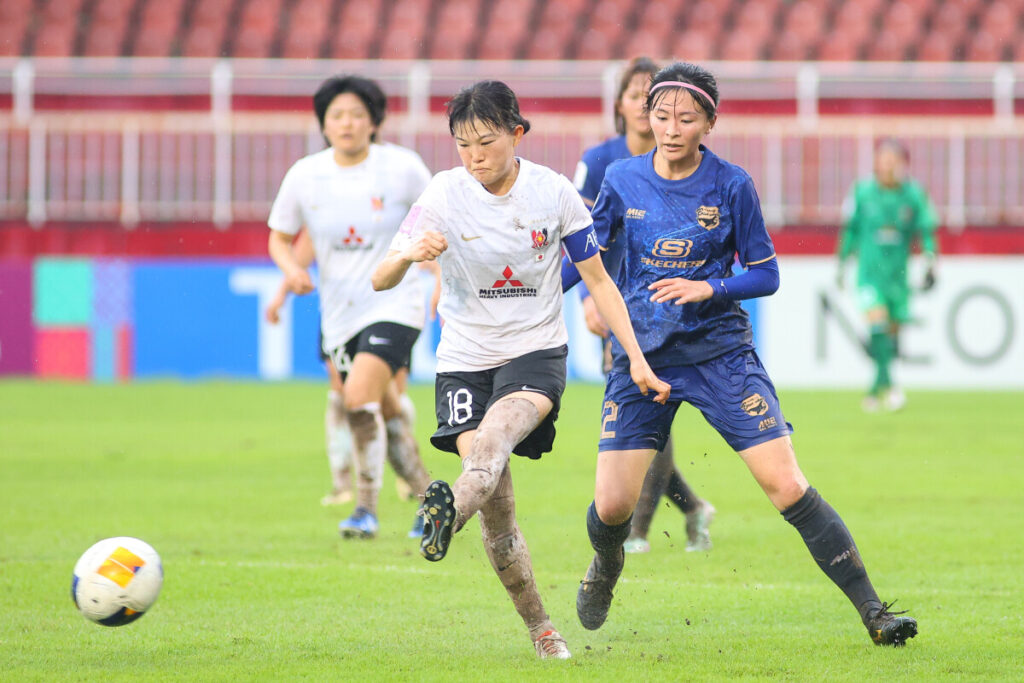
So, the exchange appears to be of a symbiotic nature. The continental competition offers an opportunity to try new methods against different opponent typologies that aren’t present in Japan’s domestic WE League. It is also a chance to involve fresh talent in an attempt to develop squad depth.
A natural question to follow might relate to fatigue and conditioning. This is certainly a hot-topic in Europe and with such a long distance between Japan and Vietnam it is a reasonable concern to raise here. But Kurishima was quick to alleviate any such concerns, from the Japanese perspective at least.
“To be honest we all seem to be feeling fine and aren’t especially tired after the trip to Vietnam,” she explained.
“The scheduling works well with our league campaign so I don’t thing there are any issues there.”
By topping their group Reds secured progression to the quarter-finals with home advantage. The fixture will be played over a single match in March with the subsequent semi-finals and final to be held after the current WE League season ends in May at a centralised location that is yet to be determined.
It is simply a realists view to consider the AFC Women’s Champions League a work in progress that is some way from producing matches of high entertainment value. But the focus should remain on the long-term process and whether incremental progress is being made.
So far, the voices of those closest to the game suggest that things are undoubtedly heading in the right direction.
Images: Asian Football Confederation
Listen to Episode 233 of The Asian Game Podcast as we discuss the AFC Women’s Champions League with Ho Chi Minh City WFC midfielder Meghan Root



